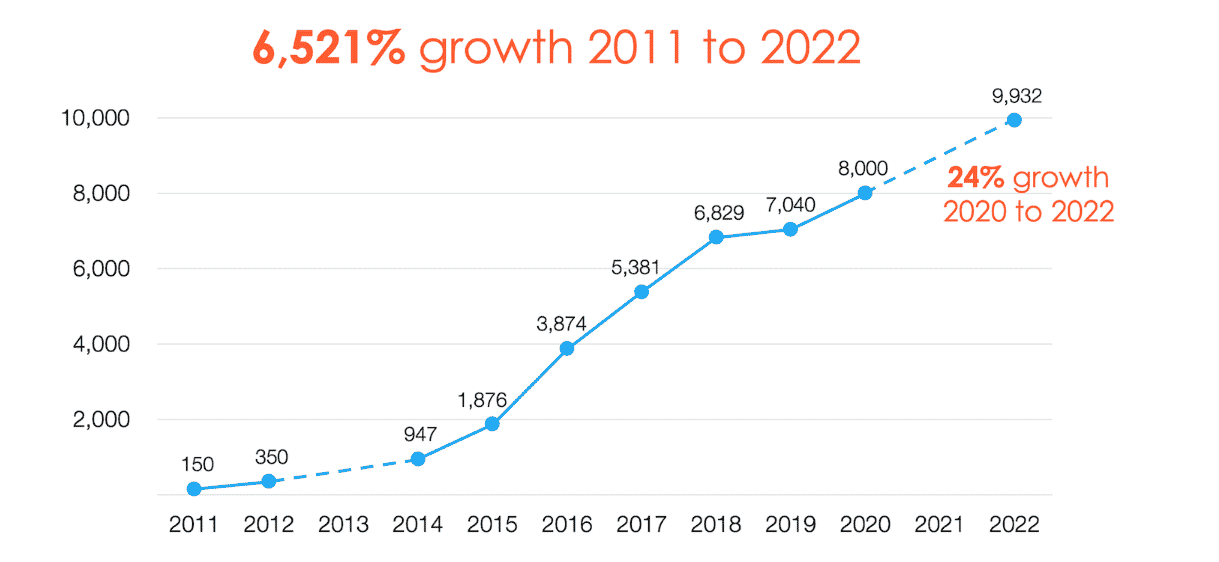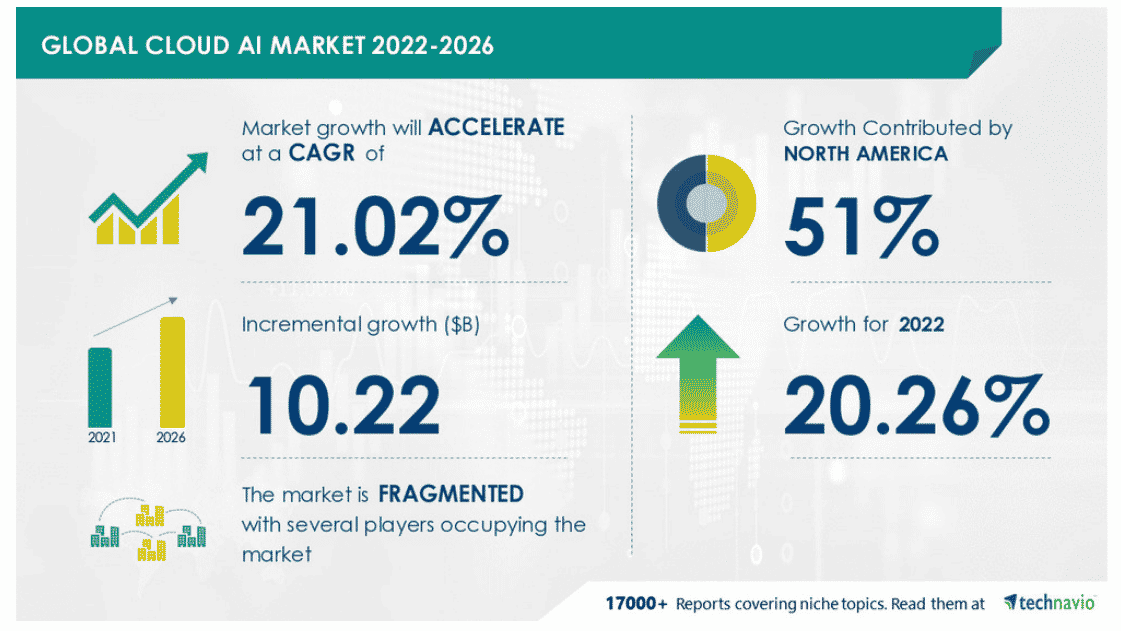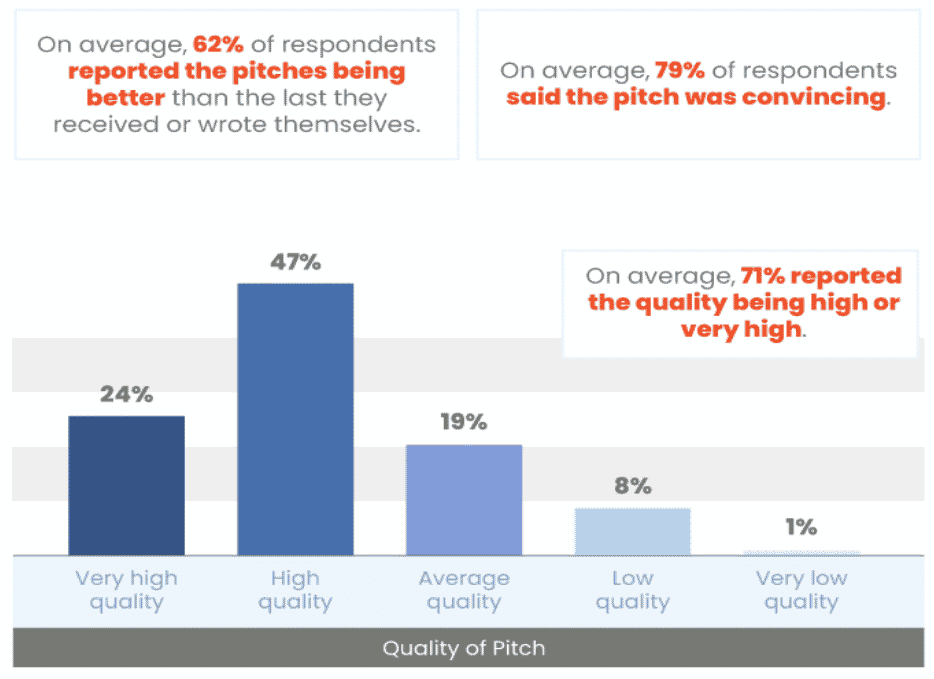Technological evolution has done nothing short of transforming the PR landscape. In a post-Covid pitching pool, campaigns have become more competitive, journalists have become inundated with requests and marketers are quickly battling a spike in consumer demand. As technology evolves, so does PR.
On the back of Covid-19’s push for digitalization, PR professionals of today are using a mix of artificial intelligence, augmented reality and audience-based applications to improve their campaign output. From providing a more personalized user experience to using predictive analytics to craft their next pitch, the only way PR teams can stay in the game in 2022 is to jump on top of the technological hype.
(Image Source: Chief Martec)
As you can see here, investment in technological aids has risen significantly in the last decade, with a 24 percent growth rate just between 2020 and 2022.
The question is, just how vital could an automated future be for PR professionals? In a competitive PR landscape, read on as we delve into the benefits of technological campaign aids, and discover how marketing teams are using predictive pitching to inspire success in 2022.
Exploring the future of artificial intelligence in the marketing world
The marketing world has undergone some serious changes since the onset of the pandemic. On the back of an e-commerce boom that saw the industry expand by a third, marketers, PR professionals and communications teams are working harder than ever before to keep their brands in the limelight, and a global consumer demographic engaged across a number of platforms.
With a larger audience and a spike in retailer competition, many marketers have turned to technology in order to keep conversions high. From creating interactive campaigns using augmented and virtual reality to predicting the next consumer trends using a range of analytic tools, post-pandemic marketing is all about automation.
One technology, in particular, that has seen a significant amount of interest is artificial intelligence.
Defined by IBM, “Artificial intelligence leverages computers and machines to mimic the problem-solving and decision-making capabilities of the human mind.” Also known as AI, the technology has been widely adopted by the corporate sector post-pandemic, as marketers and PR professionals battle it out to predict the next trend, automate pitching and widen their outreach potential.
(Image Source: PR Newswire)
In response, the global AI market has skyrocketed since 2020. Estimated to be worth a whopping $341.1 billion by 2027, it has been named one of the fastest-growing technologies on the planet.
The question is, what are marketers saying about the widespread adoption of AI within the sector?
Well, 61 percent of marketing and PR teams currently describe AI as the most vital component of their data strategy in 2022, and a further 80 percent have named the technology as a productivity booster when planning and launching campaigns.
How are PR professionals using AI in their campaign strategy?
AI can be utilized by PR teams to create a more effective, targeted campaign. By enhancing SEO optimization, predictive targeting and assisted recommendations, artificial intelligence can remove some of the pressure from a communications team, and ensure that their campaign reaches its most promising leads.
Let’s have a closer look into how the communications industry is using AI to its advantage in 2022 and explore the technology’s vast range of campaign-based benefits.
Predictive pitching
There are a number of AI-infused tools on the market that can enhance PR pitching. In such a densely populated online sphere, full of publications and platforms, it can be tricky to get a pitch into the limelight, or rather at the top of a lead’s inbox.
This is where artificial intelligence steps in. From AI-assisted contact recommendations to predictive tools that enhance the personalization of a pitch based on the type of publication, client interests and past coverage, AI can aid the crafting of a pitch, so it is more likely to be picked up by a lead.
In such a competitive global playing field, content generalization is no longer an option for email pitches. PR teams need to be smart when crafting campaigns and prioritizing personalization.
Using an AI-infused pitching tool that can narrow down potential respondents and even alter the wording of a pitch has been rated by 62% of PR professionals as a game changer when outreaching online.
(Image Source BuzzStream)
As you can see here, in a recent Buzzstream study that analyzed the effectiveness of AI-based pitching, 79% of respondents claimed that an automated pitch was both convincing and high quality, not only targeting leads effectively but doing it in just half of the time.
Social listening
AI can also be used by both marketers and PR professionals to improve their social listening skills. With a social media population of over 4.63 billion, identifying demographic patterns and understanding user behavior has never been so hard.
In fact, in response to Covid-19’s digital shift, over half of all marketing teams have introduced social listening into their strategy in order to gain greater insight into their consumer’s changing attitudes/behaviors on the back of the pandemic.
Using a mixture of analytic engagement tools and social listening-based applications, PR teams are able to carry out a much more advanced sentiment audit of social content and conversation in order to gather more information about the audience they are pitching to.
“Social monitoring and listening tools break down the sentiment, reach, demographics, and user behavior trends behind any phenomenon you want to research on social media,” claims former CEO of SEO PowerSuite, Aleh Barysevich.
Productive outreach
One area in particular that AI has transformed is PR team productivity, As AI tools continue to evolve, more and more outreach-based tasks have been automated as a result.
Not only does this give PR teams more time to work on future campaign planning, but can save corporate employers their pennies as a peak in technological investment continues to reduce staffing spending.
Some of the best productive aids on the market consist of speech-to-text technology that can automatically transcribe press conferences and podcasts in a matter of seconds, while also translating content into a number of languages. In fact, Natural Language Generation tech, (NLG) can play a key role when outreaching. Using AI’s ability to craft a personalized piece of content, NLGs can translate the copy automatically, for a wider pitch distribution for a global demographic.
A game changer for content writers
Content writing has quickly become one of the best-known PR tactics within the industry. From blog posts to articles and press releases, every well-versed communications team knows that content quality needs to be prioritized if a client is to end up featured in a publication or on a platform.
The birth of AI-based writing has become a game changer for content writers. Using a number of predictive tools during the content creation process, writers can produce high-quality content with minimal effort.
For example, tools such as Jasper AI is able to inform content ideation, structure and angle, while Grammarly automatically takes care of spelling, punctuation and grammatical mistakes, streamlining the writing process as a whole. In fact, in 2020 alone, 30 million marketers used an AI-based writing tool to improve the efficiency of their content creation, making it a game changer for the industry.
As we move into a digitalized tomorrow, technology will only continue to evolve. The PR industry may be raving about artificial intelligence today, however, a completely automated future is just steps away.






